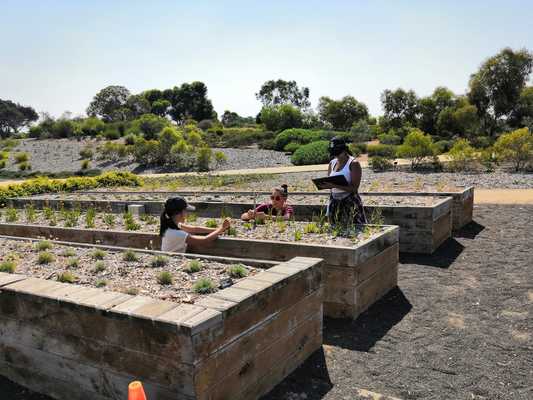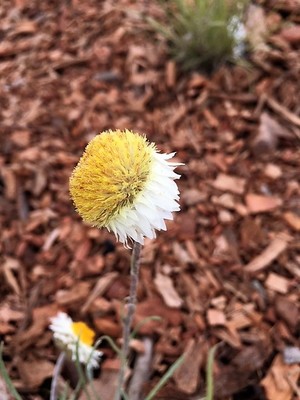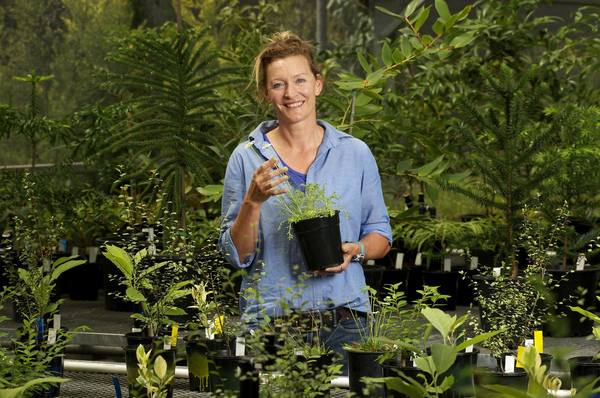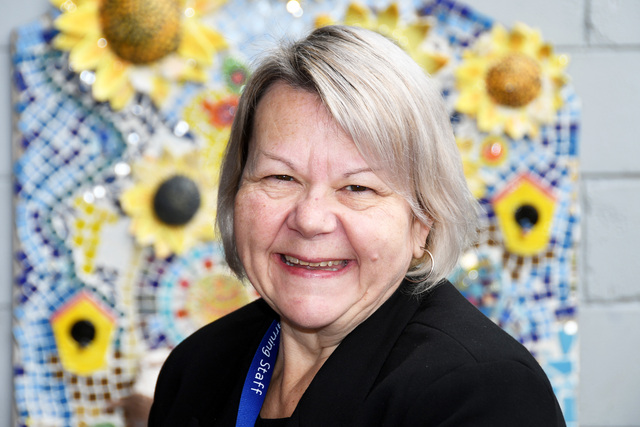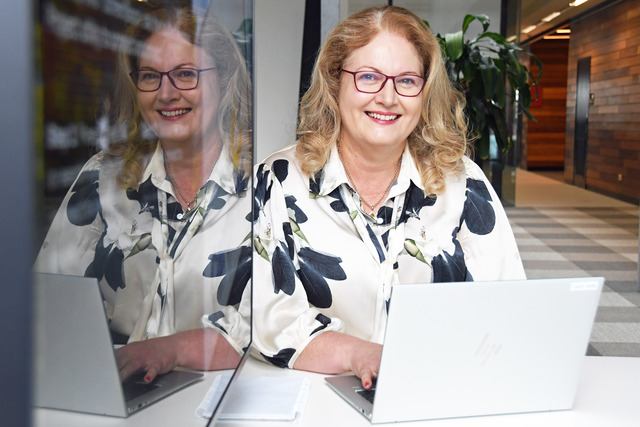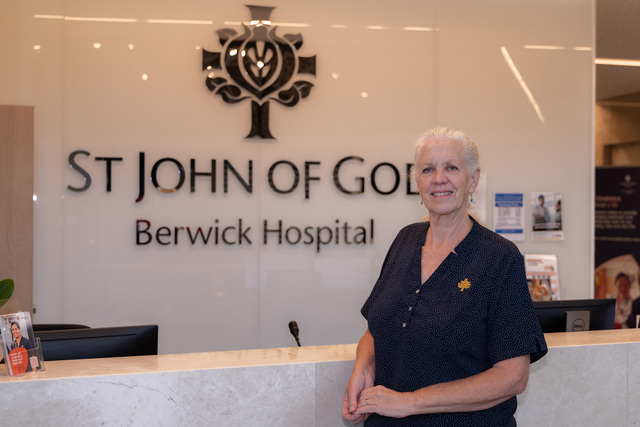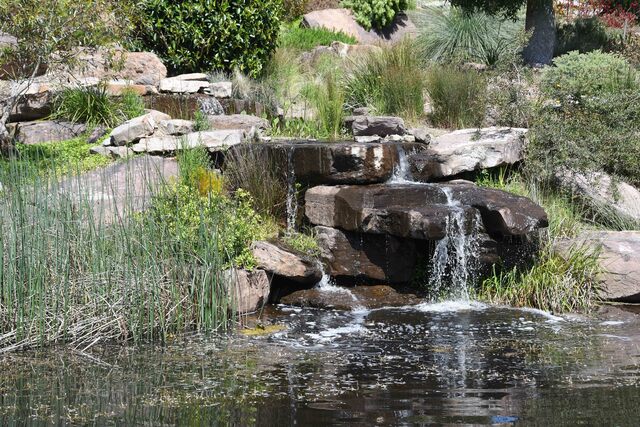Habitat loss is the greatest challenge to survival for many native species. The predicted ‘natural’ events associated with climate change – fire, drought and extended periods of high temperatures – add further threats.
But a dedicated team of scientists and volunteers from the Royal Botanic Gardens is working to save rare and threatened species from extinction
The Raising Rarity project team, made up of Dr. Meg Hirst, Royal Botanic Gardens Victoria scientists, Sue Murphy and John Delpratt from The University of Melbourne, and passionate volunteers, raises awareness of these plants through production and public display, aiming to eventually give home gardeners the opportunity to grow them in their own backyards.
“Raising Rarity aims to engage the public and raise awareness of the plight of threatened Victorian wildflower species,” says Dr. Hirst. “Much of the community has little personal experience of these species, or their threats, since they naturally grow well away from major cities.”
Thanks to funding grants from the Australian Flora Foundation and Melbourne Friends, the project commenced with container growing and research field bed trials at the Royal Botanic Gardens Victoria in Cranbourne.
Rather than propagating different species with the purpose of translocating them to their natural habitats, the Raising Rarity project focuses on assessing the horticultural potential of these species, to establish suitability for eventual introduction into cultivated systems, such as home gardens.
The assessment program requires germinating wild seeds and monitoring growth and changes across all stages of maturation, before repeating the process for multiple generations.
If a species is successfully “tamed”, it may end up being available for the public to purchase through plant sales organised by the Cranbourne Friends, who plan to cultivate the successful species.
As part of this propagation they will also manage a two-year project to investigate the germination, container culture, establishment and growth in field trials of rare and or threatened species that have merit based on their form, foliage or flowers.
The initial part of the project – developing an understanding of the basic biology, life cycle and cultural requirements of each species – is fundamental information to assist species recovery teams in producing plants or seed for restoration projects.
“Next we will provide an opportunity to engage wider public interest in these threatened species and hope to identify lines suitable for commercial production to maintain awareness of their status,” says Dr. Hirst.
Propagating these rare species can be difficult. There is generally very little information on how to germinate them, so the process can involve a lot of trial and error. Some seeds are difficult to germinate and some species germinate too quickly, making it difficult to ensure enough data is recorded for each stage of maturation.
Volunteers have been instrumental to the success of the program, with about ten current and former Melbourne University students dedicating their spare time to observe the species. Meg and her team appreciate the effort of the volunteers enormously: “I cannot stress how having a team of volunteers makes everything run smoothly – especially really engaged volunteers – the program couldn’t run without them.”
Visitors to the Cranbourne Gardens can see the volunteers at work and check out a range of rare and threatened Australian species currently ‘on show’ in the Research Garden. For more information on Raising Rarity, please visit www.rbg.vic.gov.au.

